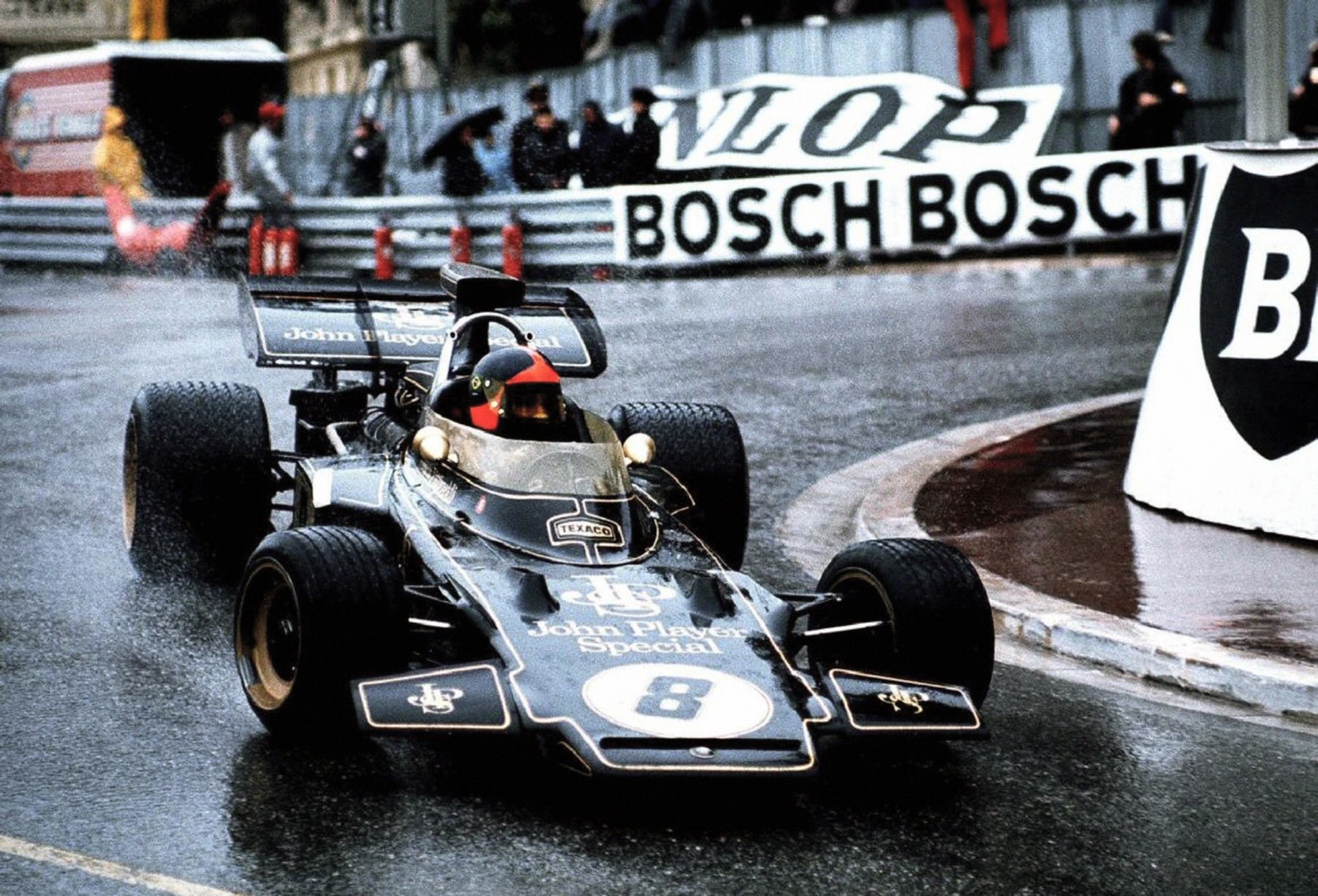The History of Colors in Racing: The Arrival of Sponsors in 1968
05 October 2024 4 min read 4 images

Photo credit: Art Photo Limited, Ford, Wheelsage
In the spring of 1968, the unveiling of Formula 1 cars for the upcoming European season caused a huge surprise. Not due to stunning technical innovations, but due to the car liveries of two famous British teams, each known for their distinctive shades of green: a dark green for Lotus, accented by a yellow stripe and matching wheel rims, and a lighter green for BRM.
Register to unlock this article
Signing up is free and gives you access to hundreds of articles and additional benefits. See what’s included in your free membership. See what's included in your free membership.
Already have an account? Log In


